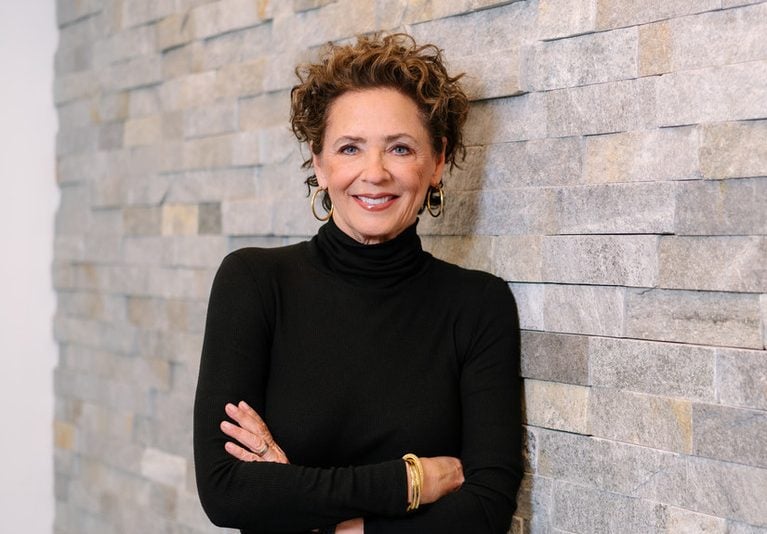
ORLANDO—There's been a lot of talk about Millennials' impact on the housing market—both multifamily and single-family homes. It may surprise you to learn that although Millennials have many different wants than other generations, there are also some similarities worth noting.
GlobeSt.com caught up with Bob Kanjian, sales manager of AV Homes, to discuss these similarities and differences in part two of this exclusive article. You can still read part one: What Millennials Really Want in Single-Family Homes.
GlobeSt.com: How do these preferences differ from older generations?
Kanjian: The parents of Millennials seem to have had more of a sense of urgency when it came to purchasing their first home. Essentially, after graduating from college, many of those folks in older generations got married, purchased a home, and started their family almost immediately.
Millennials are taking longer for these life steps. In fact, a recent Consumer Reports survey found that Millennials believe firmly in ownership, although only 26% currently own a home. The report went on to say that 71% of Millennials do aspire to own a home.
There are also a lot of factors that may be preventing Millennials from making the home purchase right now. For example, high student loan debt are forcing this generation to make the decision to live with their parents for a few years, or to rent, especially as qualifying for a mortgage is more difficult now than just a few years ago.
There are similarities between Millennials and older generations, like active adults. At AV Homes' communities, many of the amenities offered at our traditional communities are the same as active adult communities because of the big focus on health and wellness. However, there are design preferences for active adults that are not typically found in the homes that Millennials choose.
For example, at our active adult communities, such as Solivita in Orlando and Vitalia at Tradition in the Treasure Coast, many of these homes offer designs that reflect the needs of the 55-plus owners. There are snore rooms and double masters, which is a flanking den next to the master bedroom. That's because 20% to 30% of couples sleep in different rooms.
Boomer kitchens are more aimed at couples so they are open, with great circulation, and plenty of space between countertops and the appliances in the event a wheelchair needs to get by. The active adult's bathroom offer oversized and frameless showers, and an add-in bench.

ORLANDO—There's been a lot of talk about Millennials' impact on the housing market—both multifamily and single-family homes. It may surprise you to learn that although Millennials have many different wants than other generations, there are also some similarities worth noting.
GlobeSt.com caught up with Bob Kanjian, sales manager of AV Homes, to discuss these similarities and differences in part two of this exclusive article. You can still read part one: What Millennials Really Want in Single-Family Homes.
GlobeSt.com: How do these preferences differ from older generations?
Kanjian: The parents of Millennials seem to have had more of a sense of urgency when it came to purchasing their first home. Essentially, after graduating from college, many of those folks in older generations got married, purchased a home, and started their family almost immediately.
Millennials are taking longer for these life steps. In fact, a recent Consumer Reports survey found that Millennials believe firmly in ownership, although only 26% currently own a home. The report went on to say that 71% of Millennials do aspire to own a home.
There are also a lot of factors that may be preventing Millennials from making the home purchase right now. For example, high student loan debt are forcing this generation to make the decision to live with their parents for a few years, or to rent, especially as qualifying for a mortgage is more difficult now than just a few years ago.
There are similarities between Millennials and older generations, like active adults. At AV Homes' communities, many of the amenities offered at our traditional communities are the same as active adult communities because of the big focus on health and wellness. However, there are design preferences for active adults that are not typically found in the homes that Millennials choose.
For example, at our active adult communities, such as Solivita in Orlando and Vitalia at Tradition in the Treasure Coast, many of these homes offer designs that reflect the needs of the 55-plus owners. There are snore rooms and double masters, which is a flanking den next to the master bedroom. That's because 20% to 30% of couples sleep in different rooms.
Boomer kitchens are more aimed at couples so they are open, with great circulation, and plenty of space between countertops and the appliances in the event a wheelchair needs to get by. The active adult's bathroom offer oversized and frameless showers, and an add-in bench.
Want to continue reading?
Become a Free ALM Digital Reader.
Once you are an ALM Digital Member, you’ll receive:
- Breaking commercial real estate news and analysis, on-site and via our newsletters and custom alerts
- Educational webcasts, white papers, and ebooks from industry thought leaders
- Critical coverage of the property casualty insurance and financial advisory markets on our other ALM sites, PropertyCasualty360 and ThinkAdvisor
Already have an account? Sign In Now
*May exclude premium content© 2025 ALM Global, LLC, All Rights Reserved. Request academic re-use from www.copyright.com. All other uses, submit a request to [email protected]. For more information visit Asset & Logo Licensing.








